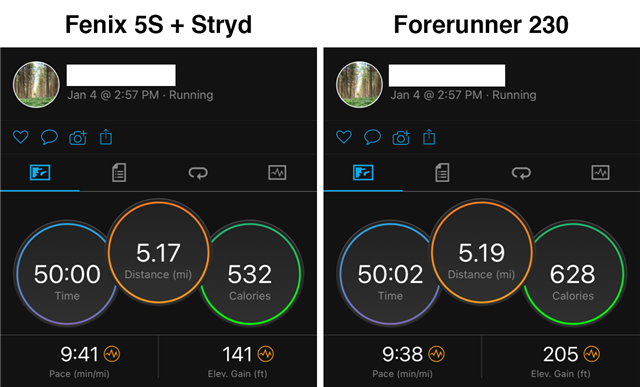I just returned my Fenix 6 as defective, though I suspect the defects on my watch are shared by almost every watch in the line. I did so reluctantly. I really, really wanted to like it. On the off chance that someone from Garmin reads this message, I wanted to list my reasons. Nobody else has to agree with me, and feel free to ignore this or tell me why I'm wrong.
1. In 2021, instant pace is still a joke. It's been 20 years since Garmin introduced the first Forerunner. If they still can't tell you how fast you're running, they need to stop advertising it as a feature. Here is my pace from a 10k race I ran on 11/25/2020.

Tell me if you think this is fit for purpose. After this race I bit the bullet and bought a Stryd pod. For a while I was content. Then I realized my $800 "premium smartwatch" is literally now just a Bluetooth receiver for data from $300 worth of other sensors (foot pod, chest strap). How stupid do I have to be to think this is an acceptable solution?
2. Backlight-gate
My watch had the low-contrast blue backlight. I understand that it's not a defect; it's basically the same backlight as every generation of Garmin before it. My issue is mainly how Garmin handled the situation. If you have a high contrast backlight, how much would I have to pay you to switch to a washed-out blue display? Pretty sure the answer is greater than $0. One display is clearly higher quality (higher contrast, far better viewing angle). But Garmin insists that they are completely interchangeable, refuses to acknowledge that any rational customer would prefer one over the other, and charges the same price for both. Buying one of their watches is currently a game of getting a lucky draw from a grab bag. No thanks, I'd prefer to know what I'm buying.
3. New Years-gate
This was the straw that broke the camel's back. I understand that the problem is (most likely) on Sony's end, but I blame Garmin. I also blame COROS, Suunto, Polar, etc. The difference is that Garmin has been in business for 30 years and should not have ended up in this situation. In GPS, if you can't get date and time right, literally nothing else matters. Garmin contracted out the most critical component of their watches to a company that had no track record in the GPS market, and as it turns out, didn't understand or anticipate that leap years are a thing. Issues like this are the utterly predictable consequence, and so I absolutely blame Garmin. Even if it's an easy fix and minor inconvenience, it's an issue that should never have happened in the first place.
And for the record, the Sony chipset quality has been subpar even before the New Year's fiasco. Firmware 4.80 improved things to the point that it was *almost* as good as my Forerunner 230. Is that worth $800? Not to me.
So, that's it, I'm done with the Fenix 6, and maybe Garmin entirely. If I am a sucker maybe you will see me over on the Fenix 7 forum someday. But hopefully I've come to my senses and this will be it. Happy New Year, all.






